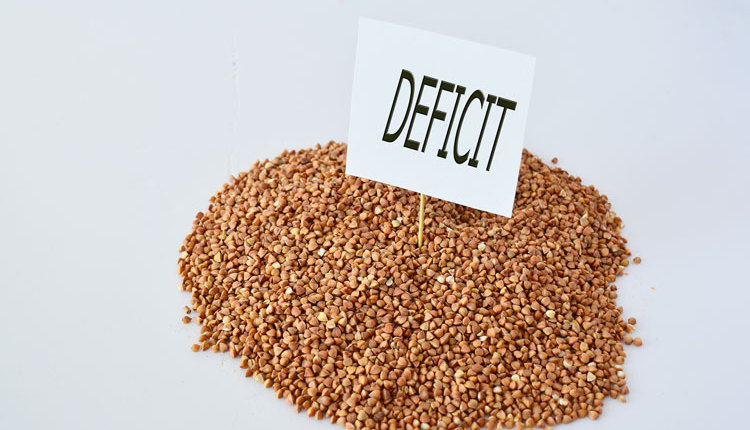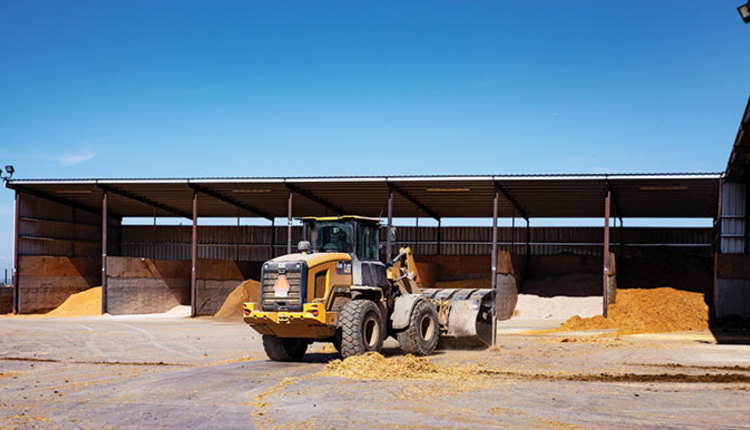
Wars start after several years of struggle and conflict. When war finally breaks out, multiple battles rage simultaneously on many fronts, as people fight for their existence. After the war ends, the struggles still continue as the emotional, economic, and physical traumas and damages remain. Those affected seldom fully recover, but they take whatever remains and try to move forward.
This describes the war of crop year 2019. Fundamental dairy industry structural change, economic stresses, multiple trade conflicts, low milk prices, an ongoing hay shortage, and collapsing dairy margins all combined to initiate the most challenging crop year on record.
Forage and fiber matters
While 2019 has ended, the aftermath has only just begun. Forage, and often grain supplies, are in short supply and have widespread quality, nutrient, and mycotoxin issues. Cropping enterprise returns were negative, and additional feed purchases are costly yet necessary. Meanwhile, cow performance is suffering, trade has yet to recover, margins are tight, and the battle weary dairy community remains in an emotional fight for its livelihood. The war of crop year 2019 will haunt us throughout 2020.
Entering 2019, there was already a multiyear hay crop shortage. Alfalfa production and quality suffered with a record-setting late spring, followed by an extremely wet growing season. With the fall Midwest topsoil profile absolutely saturated and an open winter, many agronomists already fear the worst for 2020 hay production.
Because of wet conditions, much of the winter wheat and rye that is potential dairy forage was either not planted or planted under terrible conditions. Winter cereals won’t be much forage help in 2020. Sorghum forage and corn silage are being used to fill the void, but that’s also putting those forages in short supply.
Last year’s corn silage also comes with its own issues. Much of it is low in starch, sugars, and energy content, has widespread mycotoxin and aflatoxin issues, and is too dry due to a slow, wet harvest. Corn grain also comes with many of the same issues as silage this year.
Dairy nutritionists are struggling with stretching on-farm forage supplies, while getting acceptable milk production at a reasonable cost. Many dairies went from high milk production with relatively poor milk components in 2019 to producing milk in 2020 with higher components but reduced milk volumes. Even heifer and dry cow diets are a struggle with the present forage conditions. Dairy nutrition will be a challenge for most of 2020 no matter what the new crop year brings. Most producers will be limited by their available forage supplies.
Making it budget friendly
Obviously, the 2019 crop year has had its impact on feed markets. Feeds that help augment the impaired quantities and qualities of this year’s forage are in play. Local corn basis is abnormally high this year. Corn grain qualities are often poor, and we really still don’t know the actual size of the national corn crop.
Dairy diets are requiring more corn to achieve production performance. Corn starch in bags remains a very good buy for fortifying rations deficient in starch, which is common this year. Starch in tote bags, easier for large producers and commercial mills to use, has become much more expensive and difficult to find, as demand has outstripped supplies.
Cottonseed feeding has come back in fashion in the Midwest with its ability to replace some forage while fortifying dietary energy, just what this year’s diets require. At 70 to 73 cents per pound on lint, we’ll likely see the 2020 cotton crop around the same or greater acreage as last year. Everyone is reporting a big crop, with large shipments from the Southeast this year going out to Western dairies to cover Texas cotton crop deficits.
This movement in cottonseed has been unusually extreme. California dairies are threatening that at $330 per ton January to September contract prices, they might reduce usage approximately 20%. This may not make much difference to total cottonseed markets, though, as the Midwest is coming back to cottonseed. Midwest cottonseed prices will stay more reasonable until May to June when they will likely spike as the Illinois River System closes for the summer for lock and dam repairs. There is not enough alternative freight available to completely replace this river movement.
Corn gluten feed prices have been strong, and we expect demand to remain with the present dairy feed situation. Expect dry pellets, in particular, to likely advance in price, as recently one major corn wet miller attempted to buy pellets from another competitive major corn wet miller — an unusual and rare occurrence.
Nearly all by-product feeds with a fiber component have become expensive, and often supplies are almost impossible to secure — oat hulls, malt sprouts, oat mill feed, and soybean hulls all generally fall into this category. The exception to this list is wheat midds, which are showing a seasonal decline. Distillers grains also remain a decent buy.
The silver lining
The fourth quarter of 2019 did bring a welcome development of higher milk prices. In mid-October 2019, three cheese traders were short in the near-term on Cheddar blocks and decided it would be cheapest and easiest, while causing less market disruption, to go directly to the Chicago Mercantile Exchange (CME) to buy them. One trader led off the buying, with two traders following. Two of the traders backed off buying halfway through the fall Class III CME milk run-up as they evened their positions while one trader continued to complete the run-up. Once they were covered, all three traders left the market, and the market then slowly backed off and declined.
There had been an imbalance between Mozzarella and Cheddar, with Mozzarella being long and Cheddar just a bit short in the market. While both are priced off the same CME market, the reality is Mozzarella and Cheddar are different markets. Mozzarella, with the price run-up, was not competitive on the world market and was in surplus, becoming uncompetitive for export. We were just a bit short near-term on Cheddar and that was corrected.
We expect stable markets into 2020, with milk supplies remaining very adequate with excellent cheese yields, unlike mid-2019. Unless dramatic developments occur, view any significant market advance as a selling opportunity this year.










